How do you test a riding lawn mower starter? You turn the key. If it starts, it’s working.
(more…)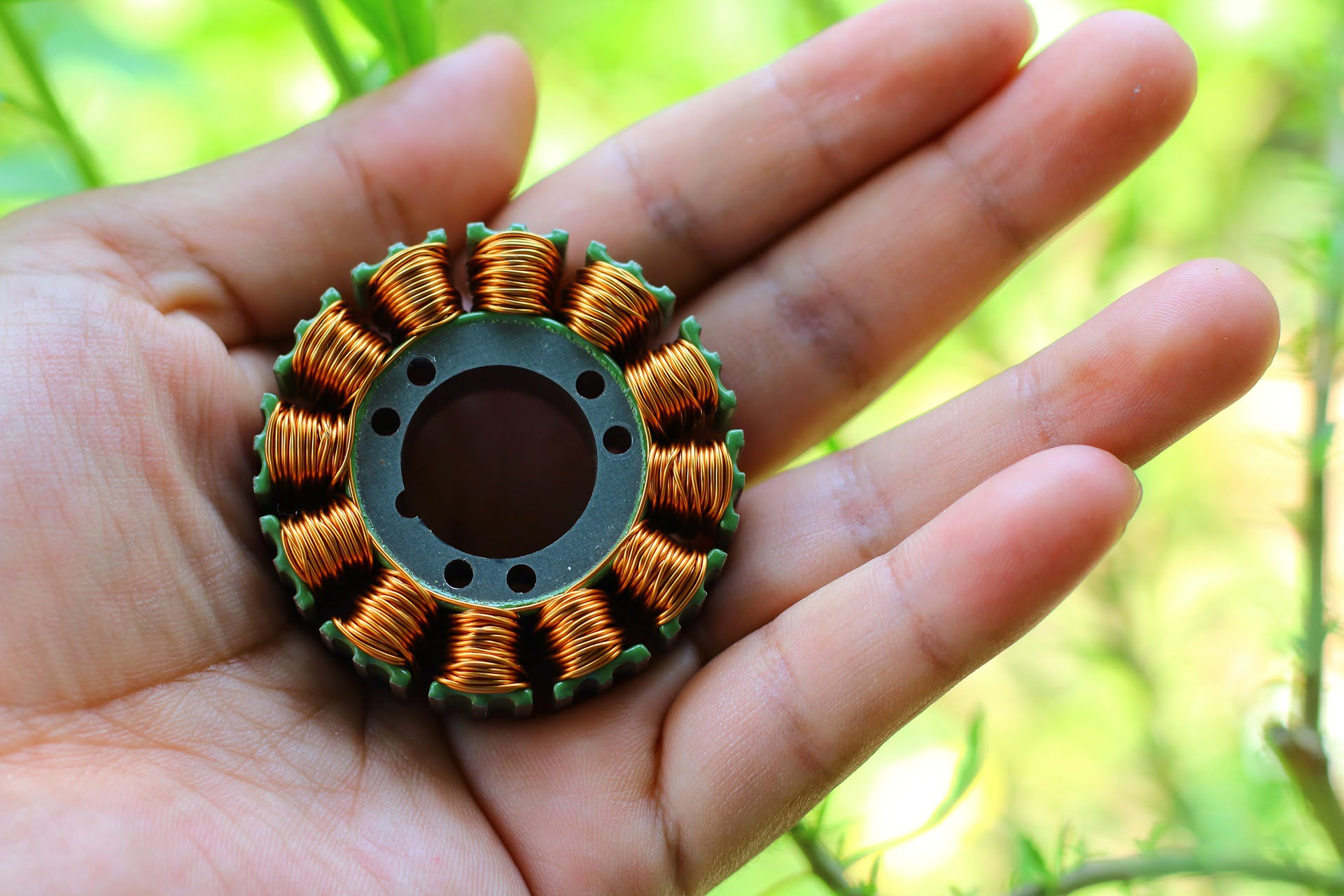
Yes, all riding lawn mowers have alternators. Well, not exactly. So maybe no?
(more…)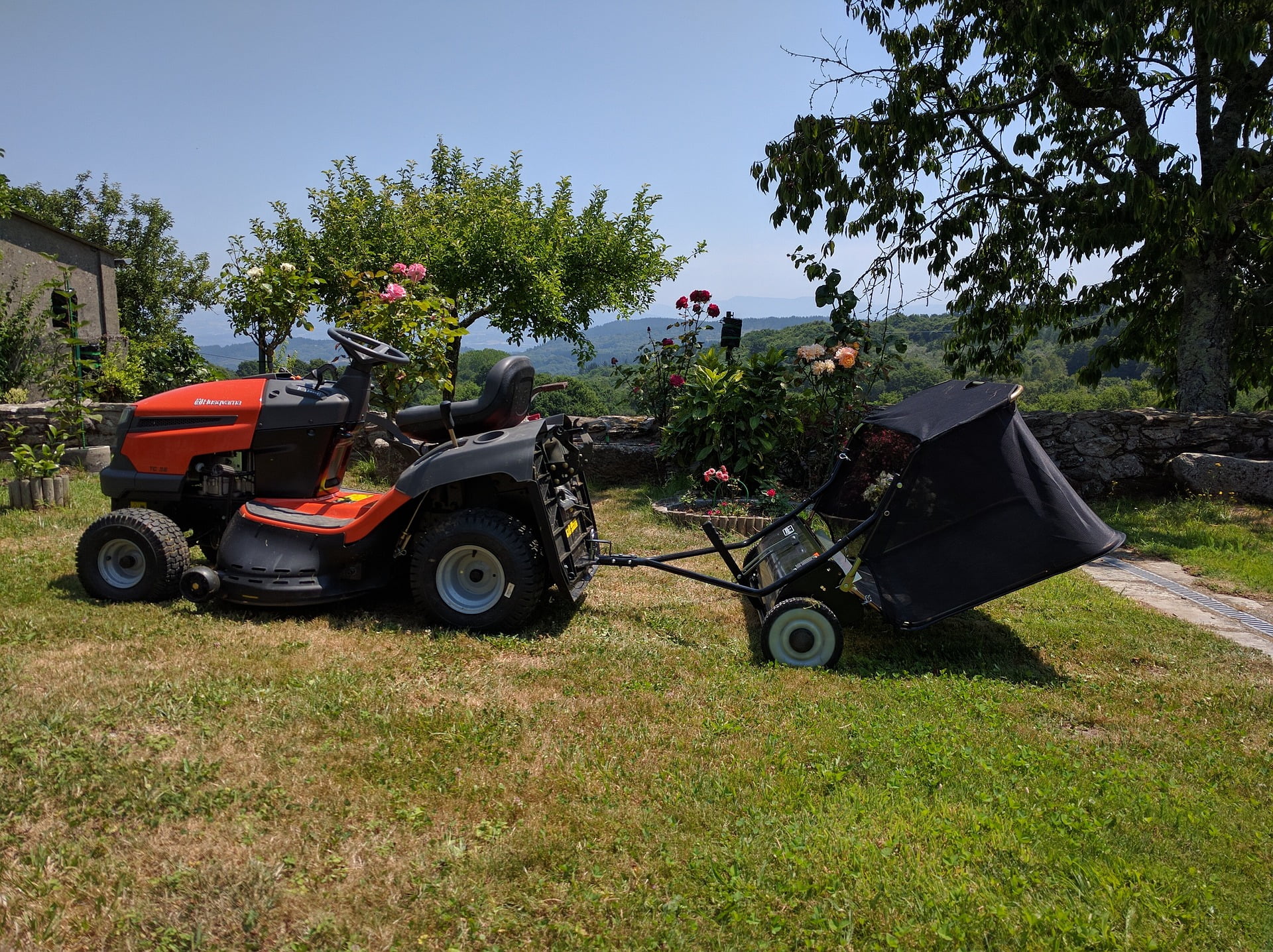
I’ve been there. Thinking to myself, “Why is my riding lawn mower smoking?” If you think about it, the answers make sense.
(more…)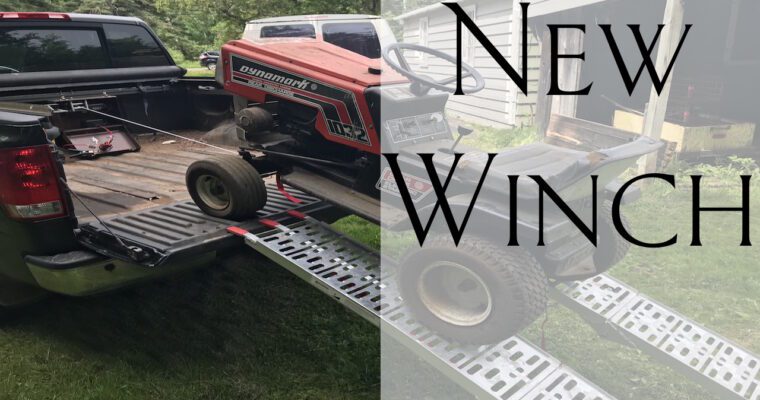
I love riding lawn mower ramps. Love, love, love them. Let me tell you a little story from my perspective, and perhaps you’ll see why I love ramps so much.
(more…)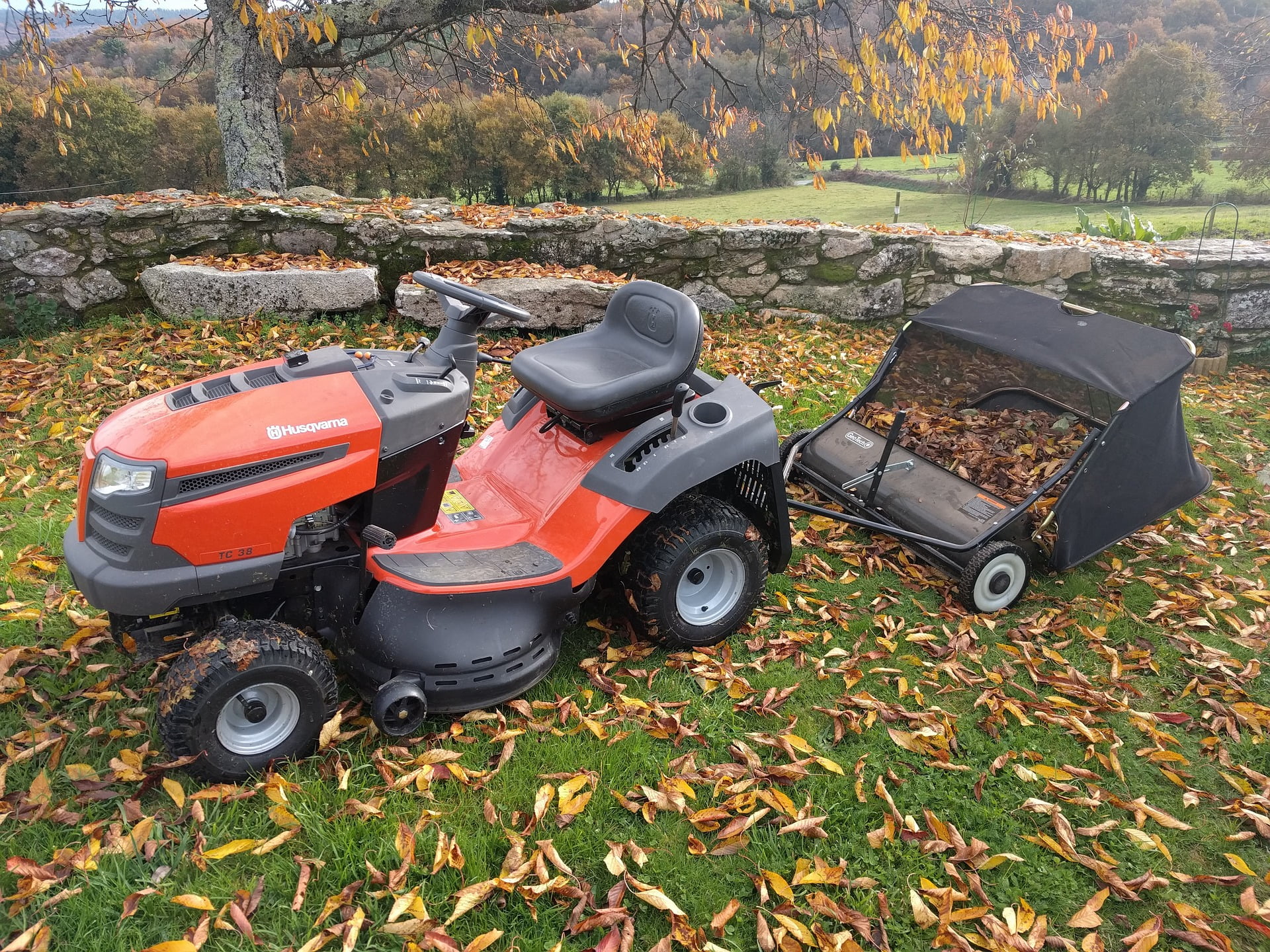
With almost anything engine related, there can be several causes for a riding lawn mower sputtering and backfiring. Most of them relate to the fuel system. Read on to find out more.
(more…)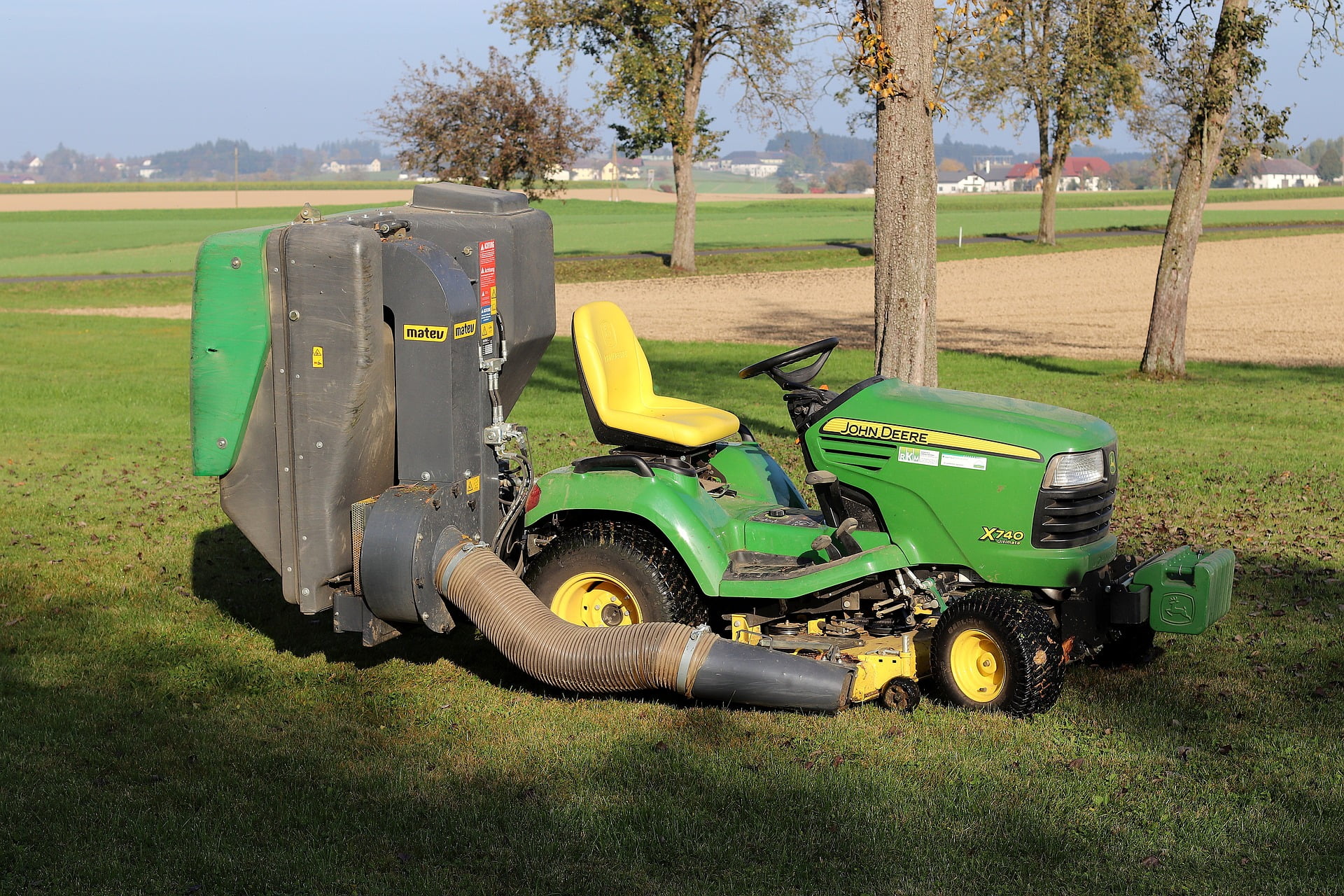
If your riding lawn mower loses power with blades engaged, there are a few things that you can check on the machine. Furthermore, there are some conditional variables that we need to discuss as well. Read on to get your machine running properly again.
(more…)